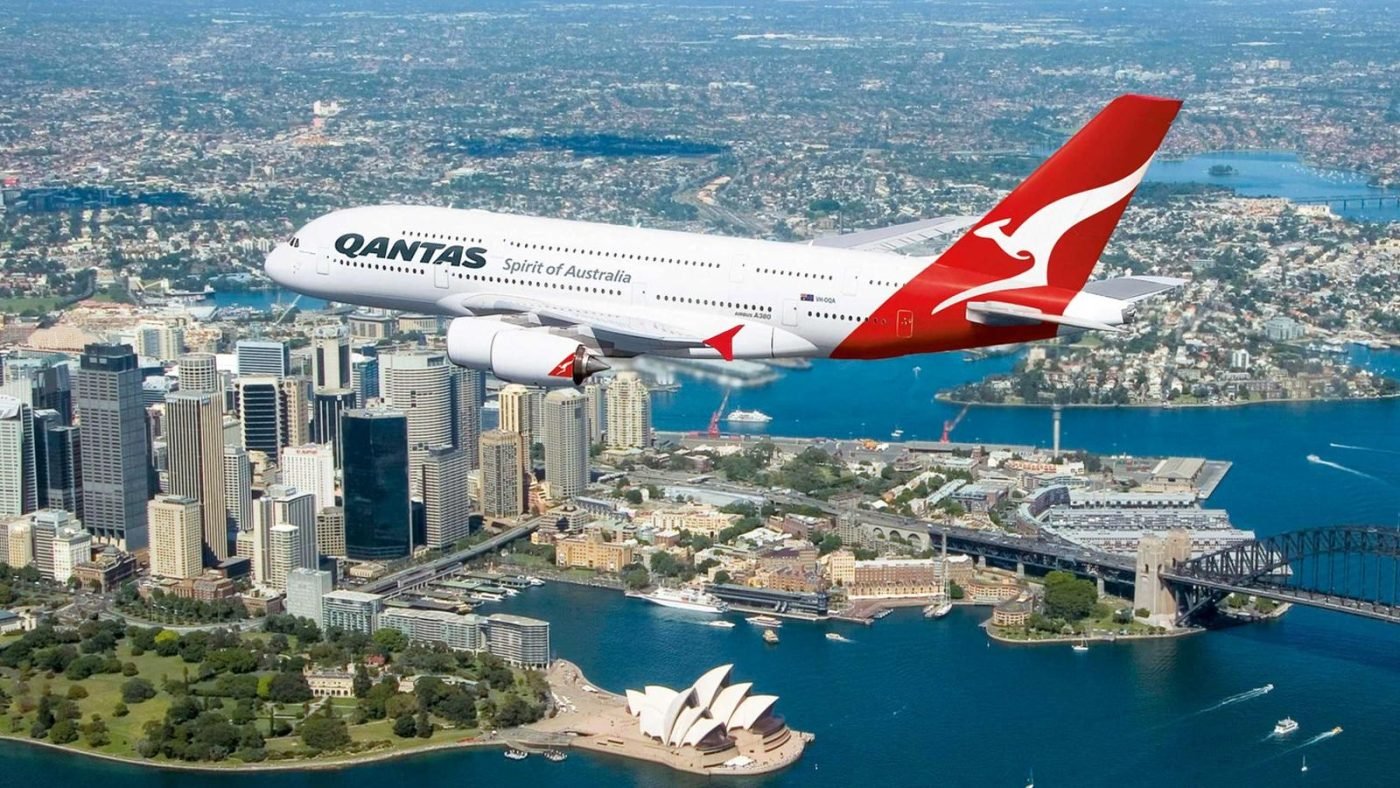Images that prove Australian airline Qantas has dismantled one of their A380s have emerged, signalling the end of an era…
The history of the Airbus A380 dates back to the early 1990s and ends when Airbus stopped producing A380s in 2021.
Yes, sadly, because of newer, more cost-efficient technology the iconic and massive A380 will soon be an aircraft of the past – unless Airbus is successful in its attempt to launch a zero-emission commercial A380 in 2035.
Curated news for men,
delivered to your inbox.
Join the DMARGE newsletter — Be the first to receive the latest news and exclusive stories on style, travel, luxury, cars, and watches. Straight to your inbox.
In the meantime, it looks like airlines are beginning to dismantle some of their A380s. Twitter user speedbird020 recently shared photos of a Qantas A380 (VH-OQF to be exact) that has been scrapped for spare parts.
The spare parts taken from VH-OQF will be stored in Qantas’ A380 facilities, located at LAX and Sydney Airport.
The VH-OQF became Qantas’ sixth A380 (the Australian airline currently has twelve) back in 2010 and was named after famous Australian aviator, Sir Charles Kingsford Smith (who also lends his name to Sydney Airport). VH-OQF was ferried to Victorville – which is known worldwide as an aircraft ‘boneyard’ – in 2020 and has remained there ever since.
VH-OQF is the first Qantas A380 to be scrapped, but it won’t be the last. In August 2020, Qantas revealed that after grounding all twelve A380s in June 2020 because of pandemic, only ten A380s would return to passenger service and two would be retired.

Clearly, VH-OQF was the first to be retired and according to Australian Aviation, VH-OQE will be the second A380 Qantas scraps.
The VH-OQE was Qantas’ fifth A380 when it was obtained by the airline in 2009 and was named Lawrence Hargrave, after the accomplished Australian engineer. VH-OQE has also remained at the Victorville boneyard since it was ferried there in 2020.
Currently, Qantas only has two A380s listed as ‘active’ and it’s unclear when the remaining eight (not counting VH-OQF and VH-OQE) will return to passenger service. Hopefully soon – so they avoid the sad fate VH-OQF has now met.

